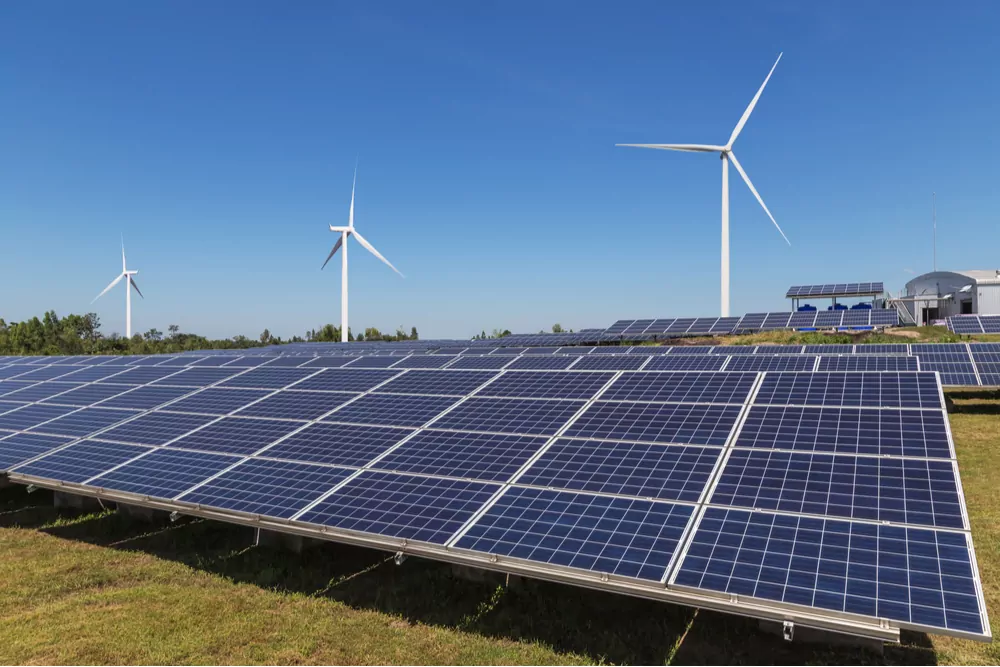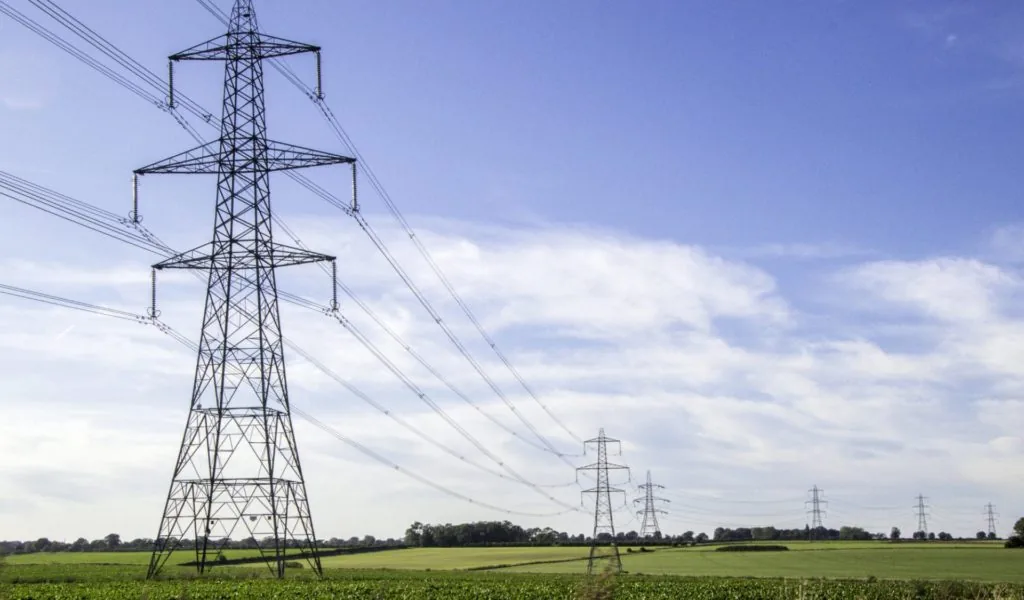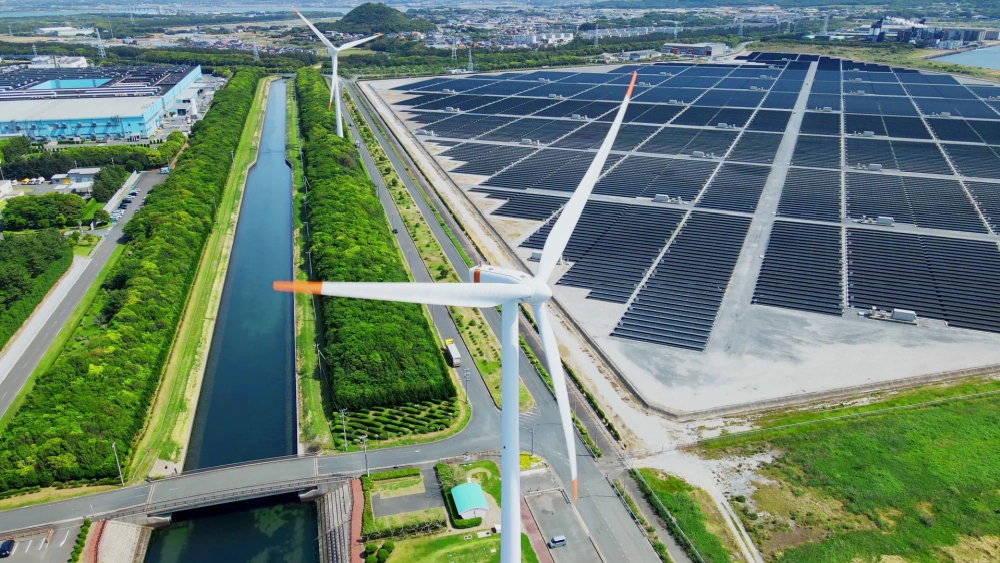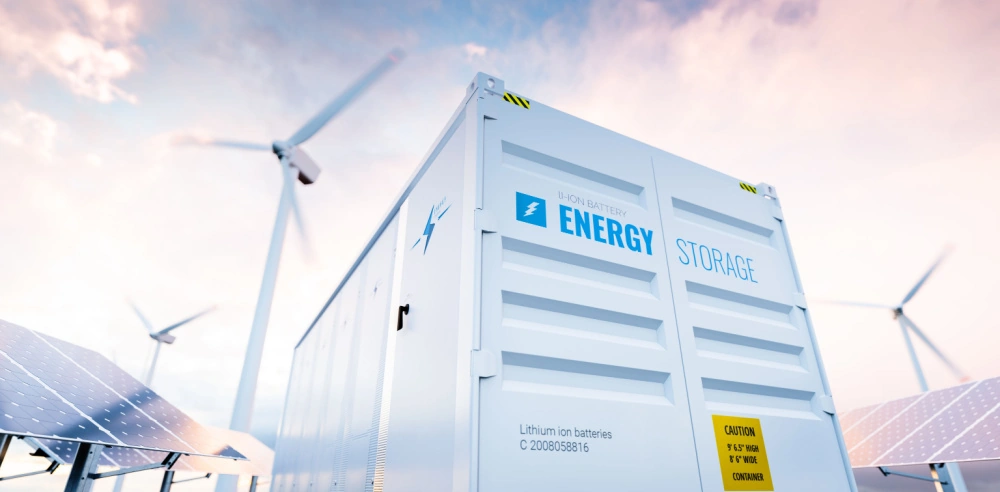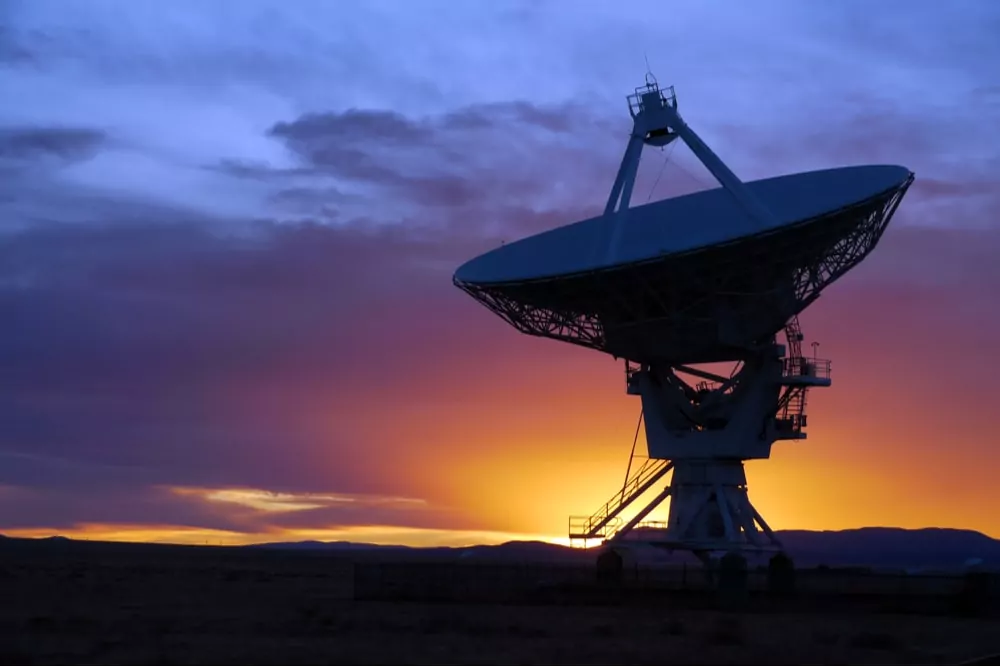
What will the Low Carbon Hydrogen Agreement look like?

By Christian Silk, Kutahya Cherry, Aliki Zeri
6 Jan 2023 | 1 minute read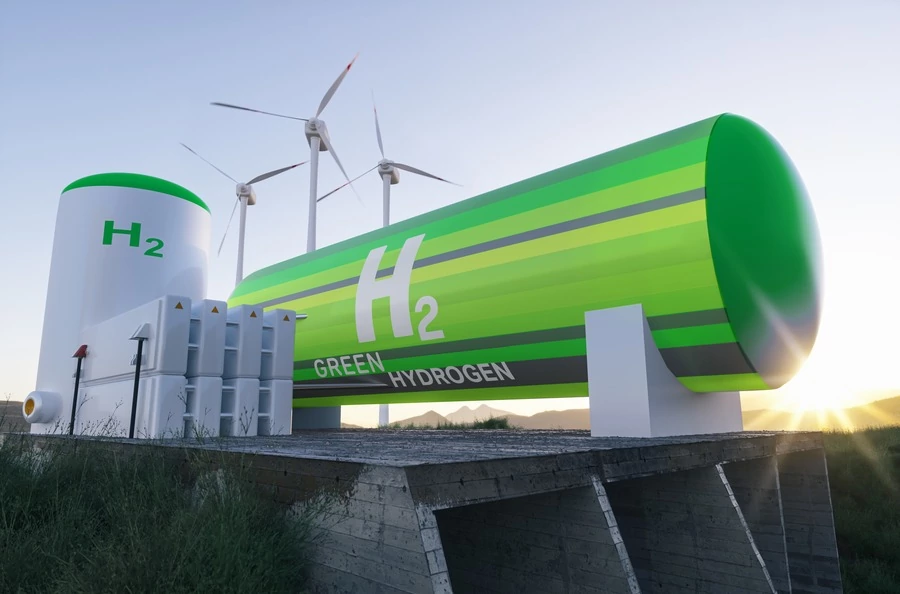
On 16 December 2022, the Government published an updated version of the HoTs that will form the basis of the Low Carbon Hydrogen Agreement ("LCHA") that those producers who were successful during the first electrolytic hydrogen allocation round will be asked to sign.
Whilst a draft of the proposed agreement is not expected to be made publicly available until May 2023, the Government has published a draft of the payment provisions that are to be included in the contract. Interested parties should familiarise themselves with the operation of these provisions, as the level of support available and the method by which this is calculated will inform negotiations between producers and hydrogen offtakers. It would also be important for interested parties to familiarise themselves with these HoTs and the explanatory diagrams included at their annex will assist to that end.
In this article, we have highlighted some of the key provisions of the HoTs, noting that this is not an exhaustive summary and this may not be the final version of the HoTs.
The Low Carbon Contracts Company Ltd is expected to be the counterparty to the LCHA, subject to the completion of administrative and legal checks.
The HoTs state that the LHCA will follow the Contracts for Difference model and “will have a term of 15 years”.
The term of the LCHA commences on the “Start Date”. This is the date when the hydrogen producer notifies the LCHA counterparty that the Operational Conditions Precedent (below) have been satisfied (or alternatively waived by the LCHA counterparty). The Operational Conditions Precedent will need to be satisfied within the “Target Commissioning Window” and in any event by a specified “Longstop Date” (being the last day in the 12 month period after the last day of the Target Commissioning Window).
The Target Commissioning Window is to be agreed between the producer and the LCHA counterparty as part of the negotiations. Where the Operational Conditions Precedent are not satisfied within the relevant period (or waived by the LCHA counterparty), the Start Date will be deemed to have occurred on the last day of the Target Commissioning Window. However, financial support under the LCHA will only commence once the Start Date has occurred and not before. This means that any delays on the producer’s part to satisfy the Operational Conditions Precedent (in circumstances where there is no relief available) would ‘eat’ into the term of the LCHA. Importantly, if the Operational Conditions Precedent are satisfied before the first date of the Target Commissioning Window, the producer will not be entitled to any payments under the LHCA.
The term of the LHCA will expire at the earlier of: (i) the “Specified Expiry Date” and (ii) the date when the “Total Aggregate Volume” reaches the “LCHA Production Cap”, which may occur well before the Specified Expiry Date. The Specified Expiry Date is the 15th anniversary of the Start Date or the deemed Start Date as referred to above.
The “LCHA Production Cap” represents the hydrogen facility’s forecast of total hydrogen production volumes during the LCHA term. This is to be determined through bilateral negotiations between the parties and is subject to downwards adjustment (to reflect adjustments to the “Installed Capacity Estimate” and the “Final Installed Capacity” (below). Reference is made to the producer’s ability to increase the LCHA Production Cap after entering into the LCHA, but this would necessitate further amendments to the LCHA and there is no obligation for the LCHA counterparty to acknowledge or accept a request for an increase.
Detailed worked examples are included in the annex to the HoTs explaining how the LCHA Production Cap would work in practice and how it interacts with the “Permitted Annual Volume Cap” and the “Annual Volume Floor” (below).
As expected, the LCHA could be terminated earlier in specified events, including where the producer has failed to satisfy the Initial Conditions Precedent or the Operational Conditions Precedent by the date specified.
Initial Conditions Precedent: These need to be satisfied within 20 Business Days after the date of the LCHA and require that the producer demonstrates that it has secured the key project rights for the development of the proposed facility (including an electricity grid connection agreement and a water connection agreement and necessary planning consents).
Milestone Requirement: This needs to be satisfied within 12 months after the date of the LCHA (“Milestone Delivery Date”). The producer needs to provide evidence to the LCHA counterparty that it has spent at least 10% of the “Total Project Commissioning Costs” and has fulfilled certain “Project Commitments”. The term “Project Commitments” is not defined in the HoTs but we understand this to mean that the developer has entered into binding agreements to acquire the necessary equipment for the proposed facility. The term “Total Project Commissioning Costs” also remains under development, but the key thing for parties who have submitted a bid as part of the first electrolytic hydrogen allocation round is to ensure that they maintain accurate records of expenditure, so that they are able to demonstrate compliance with this requirement. Failure to achieve the Milestone Requirement by the Milestone Delivery Date gives the right to the LCHA counterparty to terminate the LCHA.
Operational Conditions Precedent: These need to be satisfied by the Longstop Date. Failure to do so, would entitle the LHCA counterparty to terminate the LCHA. One of the conditions that needs to be satisfied is the provision of evidence that the producer has commissioned an installed capacity of not less than 80% of the “Installed Capacity Estimate” (below) and that the facility is commercially operational. Additionally, the producer will be required to confirm to the LCHA counterparty that no other subsidy has been received in connection with the costs of the facility (excluding the support that is provided under the LHCA and other approved forms of support). Finally, the HPBM is intended to support projects that produce hydrogen which meets the Low Carbon Hydrogen Standard (“LCHS”) and producers will be required to evidence this as part of the process of satisfying these conditions.
As mentioned earlier, any adjustment to the Installed Capacity Estimate and the Final Installed Capacity, would result in an adjustment to the LCHA Production Cap. The producer shall provide the LHCA counterparty with an ‘Initial Installed Capacity Estimate’, which will be incorporated in the LHCA. During the term of the LHCA the Initial Installed Capacity Estimate can be reduced in specific circumstances only (i.e. in the case of a ‘Permitted Reduction’, which is at the producer’s discretion or in the case of a ‘Relevant Construction Event’ (the occurrence of which will need to be verified by the LCHA counterparty).
The adjusted Initial Installed Capacity Estimate will then become the ‘Installed Capacity Estimate’. A producer will be required to evidence that it has commissioned up to 95% of the Installed Capacity Estimate by the Longstop Date, by serving a notice to the LCHA counterparty no later than 10 working days after the Longstop Date. The installed capacity notified to the LCHA counterparty will then form the ‘Final Installed Capacity’ for the purposes of the LCHA. Where the producer has failed to serve a notice, the LCHA counterparty will have the right to either terminate the LCHA or deem that the Final Installed Capacity is 80% of the Installed Capacity Estimate.
To complicate matters further, producers are not only required to ensure that the output of their facility does not exceed the LCHA Production Cap during the term of the LCHA. They should also ensure that during each Fiscal Year (1 April – 31 March in each calendar year), the hydrogen produced and sold does not exceed the Permitted Annual Volume Cap. The Permitted Annual Volume Cap will be equal to the ‘Annual Volume Cap’, which is to be calculated by dividing the LCHA Production Cap by 15 and multiplying the result by 125%.
The Annual Volume Floor is set at 75% of the Annual Volume Cap. Where the volumes of hydrogen produced and sold by the facility fall below the Annual Volume Floor, it will be deemed that the Annual Volume Floor has been achieved for the purposes of calculating the ‘Total Aggregate Volume’ (being the volume of hydrogen produced and sold during a ‘Billing Period’ (a one month period)), a figure which is compared to the LCHA Production Cap to ensure that the latter is not exceeded. It is therefore possible that the LCHA Production Cap will be eroded in circumstances of vey low hydrogen production.
Producers will be paid a premium (termed the “Difference Amount”) by the LCHA counterparty for any ‘Qualifying Volumes’ (see further below) produced and sold by their facility during a Billing Period. The Difference Amount is only payable when the ‘Strike Price’ exceeds the ‘Reference Price’ for Qualifying Volumes. Conversely, when the ‘Reference Price’ exceeds the ‘Strike Price’, the producer will be required to make a payment to the LCHA counterparty.
The ‘Strike Price’ (indexed to CPI) will be bilaterally negotiated between the producers and the LCHA counterparty and is intended to be set at a level that would allow the producer to recover its costs and make a return on investment. BEIS is currently considering the type of costs that could be included in the calculation of the Strike Price, but these are expected to include: (i) CAPEX and OPEX for the construction and operation of the facility and (ii) input energy costs. The allowed return of investment level is not specified in the HoTs.
The ‘Reference Price’ will be the higher of (i) the producer’s ‘Achieved Sales Price’ and (ii) the ‘Floor Price’. The ‘Achieved Sales Price’ will be calculated by reference to the price charged by the producer to its offtakers. The Floor Price will be the lower of: (i) the Strike Price and (ii) the ‘Gas Reference Price’ (as defined in the HoTs).
A price discovery mechanism will be included in the LCHA, to accelerate the reduction in the amounts payable as premium to producers.
Producers will receive support under the HPBM for Qualifying Volumes of hydrogen only. These are volumes of hydrogen that comply with the LCHS and which are purchased by ‘Qualifying Offtakers’. The Government has been clear from the outset that hydrogen produced for the purposes of blending into the existing gas network will not be supported under the HPBM and this is reflected in the HoTs. Hydrogen sold to risk-taking intermediaries will also not be supported under the HPBM. This is seen as a considerable barrier to the deployment of hydrogen facilities by industry participants, whilst the hydrogen market has not fully matured yet.
The LCHS is expected to evolve over time. The HoTs make it clear that the producers will only be required to comply with the version of the standard that is applicable at the time that the LCHA is entered into.
To address the difficulties around securing long-term offtake contracts, a ‘Sliding Scale Volume Support’ mechanism will be included in the LCHA. Subject to certain conditions being met, where a producer’s sales were to fall, the producer would receive a top-up payment for each Qualifying Volume sold to an offtaker. Interestingly, there is no support available for producers whose sales fall to zero.
Calls have been made for the Government to operate as an ‘offtaker of last resort’ in these circumstances but considering the Government’s reliance on private investment to spearhead the development of hydrogen in the UK, this is unlikely to occur.
There are strict reporting requirements for producers, including supply chain reporting at specified points during the term of the LCHA.
It remains to be determined how any revenues and costs arising from any hydrogen certification scheme that is to be introduced by BEIS by 2025 will be treated under the LCHA.
It is evident that the HPBM regime is complex and has a number of points that need to further clarified. The publication of this updated version of the HoTs is encouraging as it gives interested parties a glimpse of what the final LCHA will look like. As always though, the devil is in the detail.
We are monitoring closely the developments in this space and actively engaging with stakeholders, not least through our roundtable events, to help formulate the industry's thinking. Please get in touch if you want to discuss further.





